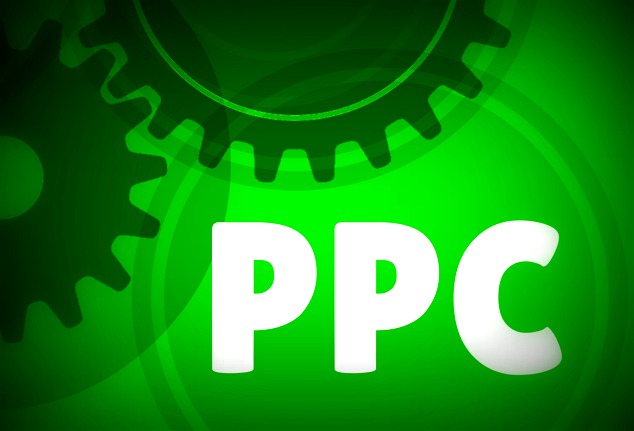
October 31, 2016: New data from Econsultancy.com reports the beneficial effects seen by marketers when they personalize their paid search campaigns. According to the data, gathered from a survey of 600 UK-based respondents active in paid search, 48 percent of respondent report a “major lift” in conversion rates through personalization. Another 43 percent report a “minor uplift” achieved through it.
All told, 91 percent of surveyed paid search marketers report that personalization contributes to improved conversion rates.
Getting personal with paid search
91 percent of surveyed paid search marketers report that personalization contributes to improved conversion rates.
But that’s just a starting point. To significantly boost conversion rates, you’ll need to employ more advanced personalization methods. Here are some you should use in concert with your campaigns:
Device-level personalization
Google recently restored device targeting to Adwords marketers, and that’s a great thing, because it’s likely that users on different devices have discernibly different intents when typing in an identical query. Device-level personalization lets you create custom ad copy for each class of intent, and also bid more for those most likely to convert. So examine your own analytics data to determine the devices used by your highest-value customers, with an eye to correlating device type with conversion rate.
Adwords geo-customizers
Adwords provides an advanced form of dynamic keyword insertion called ”Ad Customizers” that lets you provide a personalized experience to those in a particular location (or those expressing an interest in a particular location). Location-specific pricing, product availability, and calls to action are all available, giving your paid ads a profoundly personal touch likely to boost conversion rates. Last week, Google also added Affiliate Extensions, which let OEMs communicate with geo-located prospects about how many searched products are actually in-store at any given time.
Custom Audiences
Custom Audiences were actually invented by Facebook, but Google now offers them on its Search, YouTube, and Gmail properties (Google calls its product “Customer Match”). The “audiences” comprising Custom Audiences consist of email addresses of people who’ve already had some kind of encounter with your business, for example by buying a product, opting into an email list, or responding to your offline marketing. By carefully segmenting your lists, you can precisely target these people with offers most likely to result in conversions. Custom Audiences are useful for remarketing/retargeting, avoiding ad burnout, and broadening campaign reach through “lookalike audiences.” (audiences whose properties are similar to those in the uploaded list).
Remarketing Lists for Search Ads
Remarketing Lists for Search Ads (AKA “RLSAs”) provide an effective way to personalize ad copy for people who’ve visited your site. RLSAs can be programmed very simply (e.g. a person visited yoururl.com/halloweendeals.html but didn’t convert) or via sophisticated rules with multiple conditions that must be satisfied before the ad fires.
IP-based personalization
Knowing the IP number used by a searcher will tell you a lot. For example, if you’re a B2B in the software business, and someone comes in bearing an IP number reserved by Oracle.com or IBM.com, you’ll probably want to bid a lot for that customer and serve him/her a uniquely personalized ad. Conversely, a visitor coming bearing an IP address associated with Verizon.com or T-Mobile.com won’t likely be as valuable. Unfortunately, Adwords doesn’t let you do this kind of sophisticated personalized targeting (because of privacy concerns).
One caveat you’ll probably not enjoy hearing
There’s no question that paid search personalization – achieved via any of the modalities above or via other means – boosts conversion rates. The reason is simple: people respond better to ads and landing pages that appear to be custom-tailored to their individual needs. (The best, most personalized campaigns can appear almost “clairvoyant” in this respect.) And better conversion rates equate to higher Quality Scores, which in themselves lower the effective click costs borne by the marketer.
But arriving at the perfect paid search personalization solution is often a lengthy — and often costly — process. The only real way to determine which combination of ad copy, offer, and other ad elements works best is to buy enough clicks from Google to build sound statistical models and embark on a rigorous program of testing to find the best combination. Consequently those marketers with larger budgets are advantaged over those who can’t afford to buy sufficient data (or are unable to build valid models based on this data).
Still, because paid search personalization has so much going for it, it’s something you should explore, irrespective of your budget level or level of in-house/agency analytics talent. Even if your gains are only marginal at the beginning, they will likely grow as you continue to test, learn, and iterate in the direction of greater personalization.
- 10 Mistakes to Avoid When Using QR Codes for Marketing - September 20, 2023
- Kevin Lee on How AI Changes the SEO Landscape - August 31, 2023
- The Power of Compound Marketing: Kevin Lee Presents @ 1MediaWorld 2023 Global Conference - March 7, 2023
